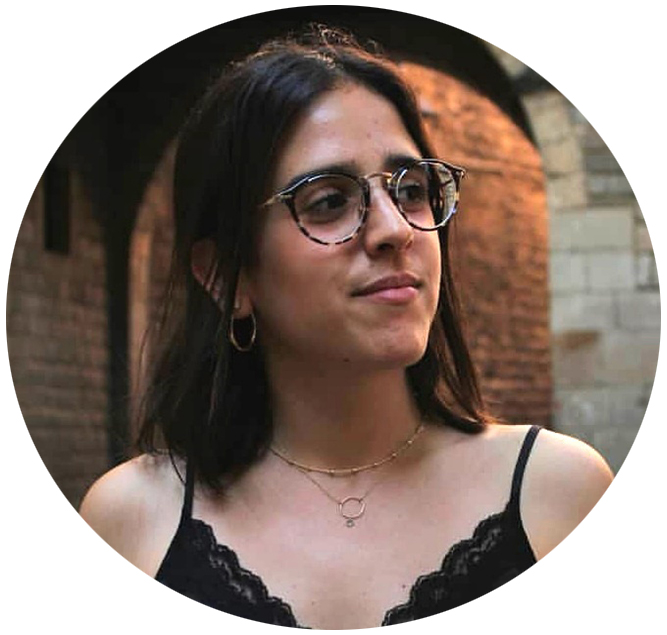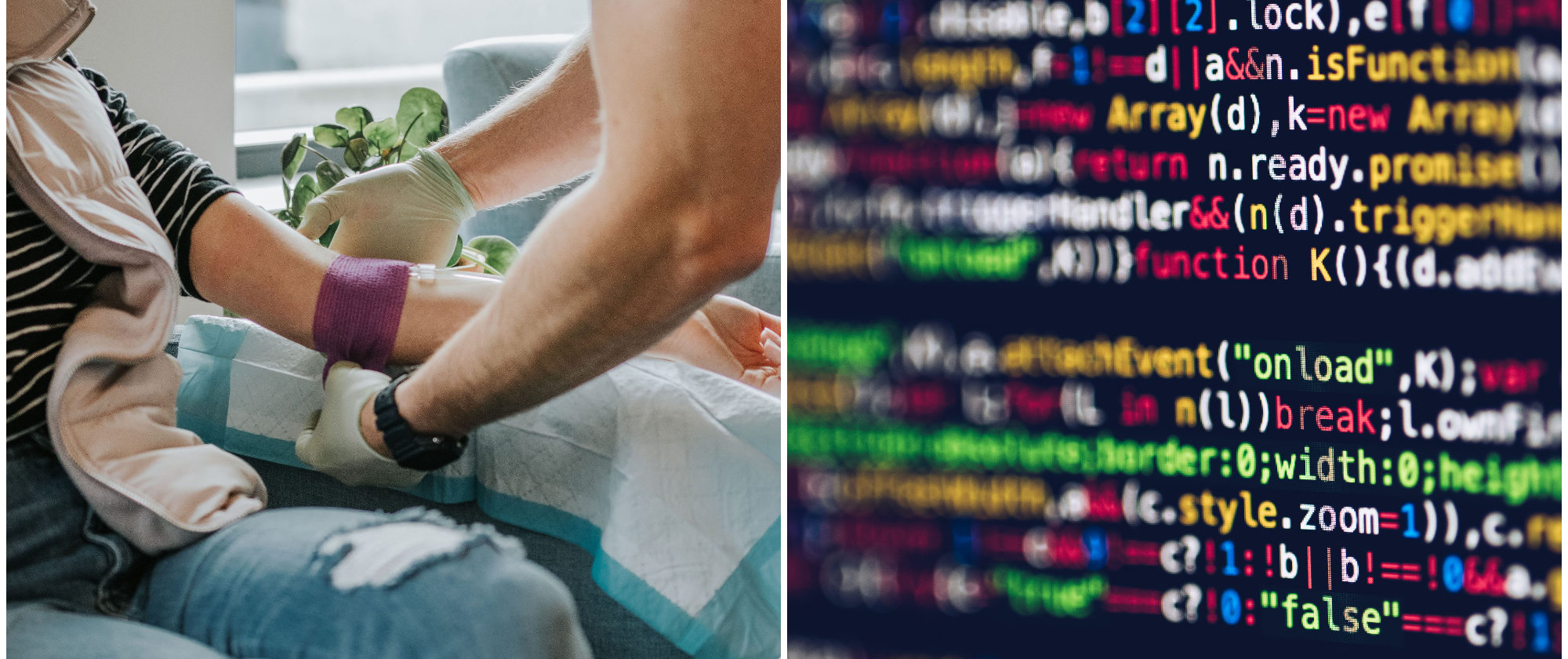The scientific staff that carries out biomedical research uses, in most projects, human biological samples. But, where and how do they obtain them?
The collection of these samples is possible thanks to the donation of leftover human tissues after a diagnosis or treatment. Biobanks are the public and non-profit entities responsible for collecting, storing and distributing these biological samples, as well as the data associated to them, for scientific purposes.
Biobanks are responsible for collecting, storing and distributing biological samples, as well as the data associated to them, for scientific purposes
The Spanish Biobank Network (RNBB) currently groups together 39 biobanks distributed throughout Spain. MARBiobanc, the biobank of the Parc Salut Mar, is one of them.
On October 17 and 18, 2019, the RNBB, together with the Valencian Biobank Network (RVB), organized the X National Biobank Congress in Valencia.
The MARBiobanc scientific director and president of the scientific committee of the congress, Montserrat Torà, tells us about how biobanks work and gives us the main highlights of this annual meeting.
Interview to Montserrat Torà (MARBiobanc)
What is the Spanish Biobank Network?
It is a network of Spanish biobanks, created in 2009; this year we celebrate the 10th anniversary! It consists of 39 biobanks and receives funding from the Carlos III Health Institute (ISCIII), thanks to a grant aimed at scientific and technological platforms. In Spain there are about 50 biobanks, so not all of them belong to the RNBB. In fact, the biobanks that are part of this network are those which, in the ISCIII evaluation, receive a good score according to their activity, objectives, involvement and networking and collaboration.
What is the aim of biobanks?
The vocation of biobanks is to make the samples they have available to the entire scientific community. Therefore, all biobanks are committed to transfer their samples to any researcher who requests them, after their application has been approved by the ethical and scientific committees that all biobanks must have by law.
Can any researcher in Spain access any biobank in the country?
Exactly. There is no restriction as long as the centre which is receiving the samples treats the samples with rigor, uses them exclusively for the purposes set out in the accepted project, does not transfer them to third parties and strictly complies with the data protection law and the confidentiality of the samples information.
Any researcher in Spain can get samples from any biobank in the country, as long as their project has been approved by the ethical and scientific committees.
What is MARBiobanc’s role in this network?
MARBiobanc was one of the most well evaluated in the ISCIII call, both for its activity and for its involvement. We lead some lines of work of the platform and participate in others. I am a member of the Management Committee of the platform.
Our biobank was a pioneer in developing a management model for the transfer of samples from the Pathology archive to clinical trials. Our model has been implemented since 2011. It was presented at the National Congress of Biobanks in 2014, and since the model has been copied by other biobanks in Spain. This model is important since it ensures we keep the strict control of the samples that are transferred to the industry and ensure that they are used according to the needs of the clinical trial.
What was the participation from the PRBB community in the Congress and what would you highlight?
This year I co-chaired the Scientific Committee of the Congress, together with Dr. Ana Maria Torres from Ramón y Cajal Hospital in Madrid. Núria Somoza, Mar Iglesias and myself presented a couple of posters and oral presentations on behalf of MARBiobanc. We also invited some researchers, like Roberto Elosúa from the IMIM, to have the user’s perspective, and members of other PRBB centres also participated.
The Congress was organized in a format of several round tables to encourage discussion and very interesting topics were discussed:
- The quality of the data associated with the samples. We invited Laura Furlong from the GRIB (IMIM-UPF), who works on text mining issues to exploit the unstructured data of the medical records.
- The role of the external scientific committees of biobanks. Joana Porcel, from the Barcelona Institute for Global Health (ISGlobal), participated as a member of the MARBiobanc External Scientific Committee.
- The access to the clinical history of biobanks to recover the data associated with leftover tissue samples from diagnosis or surgical interventions stored in the hospital.
- Thereturn to the donors is also a biobanks’ responsibility. What should we explain about the reserch done with the samples and the results obtained, and how should we do it?
It is very important that, after completing a diagnosis, treatment or surgical intervention, individuals agree to transfer their leftover biological material in order to carry out research projects
What would be your final message?
For us, it is essential to raise awareness among the general population. It is very important that individuals, after completing a diagnosis, treatment or surgical intervention, feel they want to transfer their leftover biological material in order to carry out research projects. Nowadays, there is no other way through which we can obtain tissues. We can only do it through the leftover material of endoscopies, biopsies… So, this message must be transmitted to society, which must become a central component in the biomedical research process.







